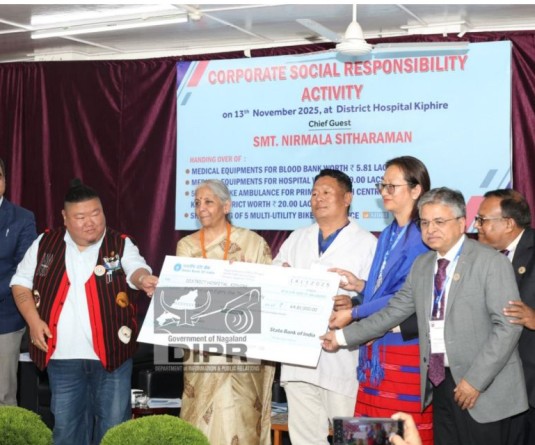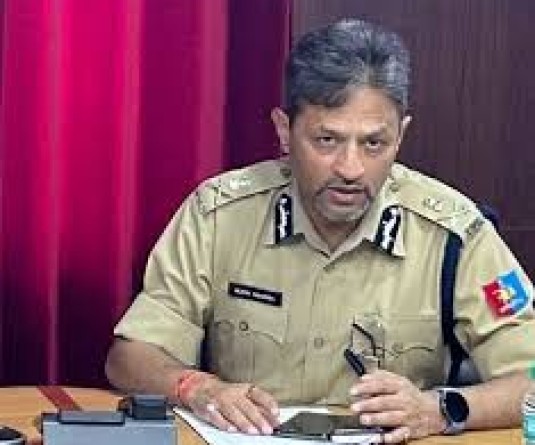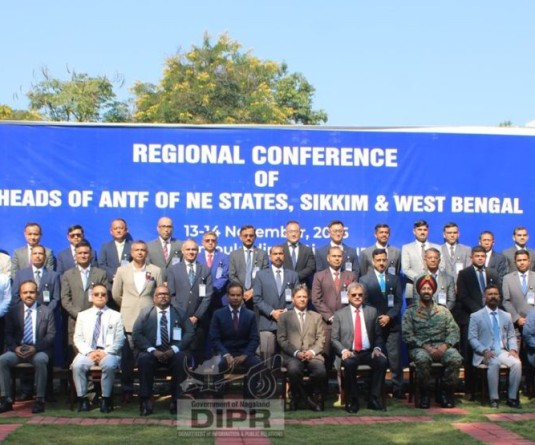
A proposal to frame a new Integrated Scheme for School Education from April 1, 2018 to March 31, 2020 approved
Morung Express News
he cabinet committee chaired by Prime Minister on March 28 approved an integrated scheme on school education by subsuming the Sarva Shiksha Abhiyan (SSA), Rashtriya Madhyamik Shiksha Abhiyan (RMSA) and Teacher Education (TE) from April 1, 2018 to March 31, 2020. It has also allocated Rs75, 000 crore for the same, which is a 20% increase over the existing allocation. “The scheme aims to support the states in universalising access to school education from pre-nursery to Class 12 across the country,” said a press statement issued by the government through PIB.
Main Features of the Scheme: According to the statement, the vision of the scheme is to “ensure inclusive and equitable quality education from nursery to senior secondary stage in accordance with the Sustainable Development Goal for Education.” The main emphasis of the Integrated Scheme is on improving quality of school education by focusing on the two T's - Teacher and Technology.
The objectives of the Scheme, across all levels of schooling, are:
• Provision of quality education and enhancing learning outcomes of students;
• Bridging Social and Gender Gaps in School Education;
• Ensuring equity and inclusion at all levels of school education;
• Ensuring minimum standards in schooling provisions;
• Promoting vocationalization of education;
• Support States in implementation of Right of Children to Free and Compulsory Education (RTE) Act, 2009; and
• Strengthening and up-gradation of State Councils for Educational Research and Training (SCERTs)/State Institutes of Education and District Institutes for Education and Training (DIET) as nodal agencies for teacher training.
Impact: The Scheme gives flexibility to the States and UTs to plan and prioritize their interventions within the scheme norms and the overall resource envelope available to them. It will help improve the transition rates across the various levels of school education and aid in promoting universal access to children to complete school education.
The Scheme, by providing quality education, aims to equip the children with varied skills and knowledge essential for their holistic development and prepare them for the world of work or higher education in the future. It would lead to an optimal utilization of budgetary allocations and effective use of human resources and institutional structures created for the erstwhile Schemes.
Benefits:
• Holistic approach to education
• Inclusion of senior secondary levels and pre-school levels in support for School education for the first time
• An integrated administration looking at 'school' as a continuum
• Focus on Quality of Education- Emphasis on improvement of Learning Outcomes
• Enhanced Capacity Building of Teachers
• Focus on strengthening Teacher Education Institutions like SCERTs and DIETs to improve the quality of teacher training
• Enhanced use of digital technology in education through smart classrooms, digital boards and DTK channels
• Specific provision for Swachhta activities - support 'Swachh Vidyalaya'
• Improve the Quality of Infrastructure in Government Schools
• Enhanced Commitment to 'Beti Bachao Beti Padhao'- Upgradation of KGBVs from class VI -VIII to upto class XII
• Emphasis on 'Kaushal Vikas' in schools
• Support 'Khelo India' - provision for sports and physical equipment
• Preference to Educationally Backward Blocks (EBBs), LWEs, Special Focus Districts (SFDs), Border areas and the 115 anspirational districts






